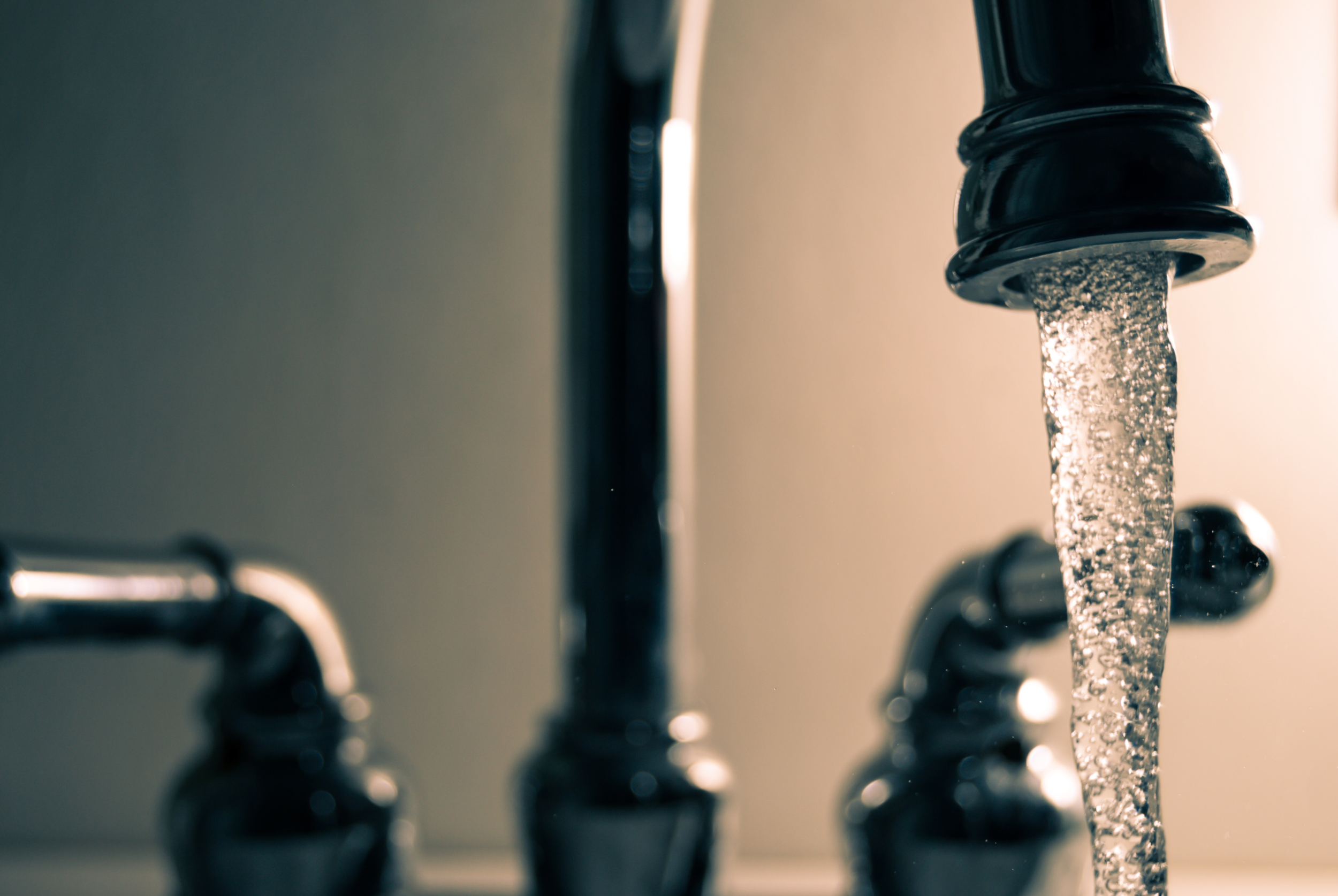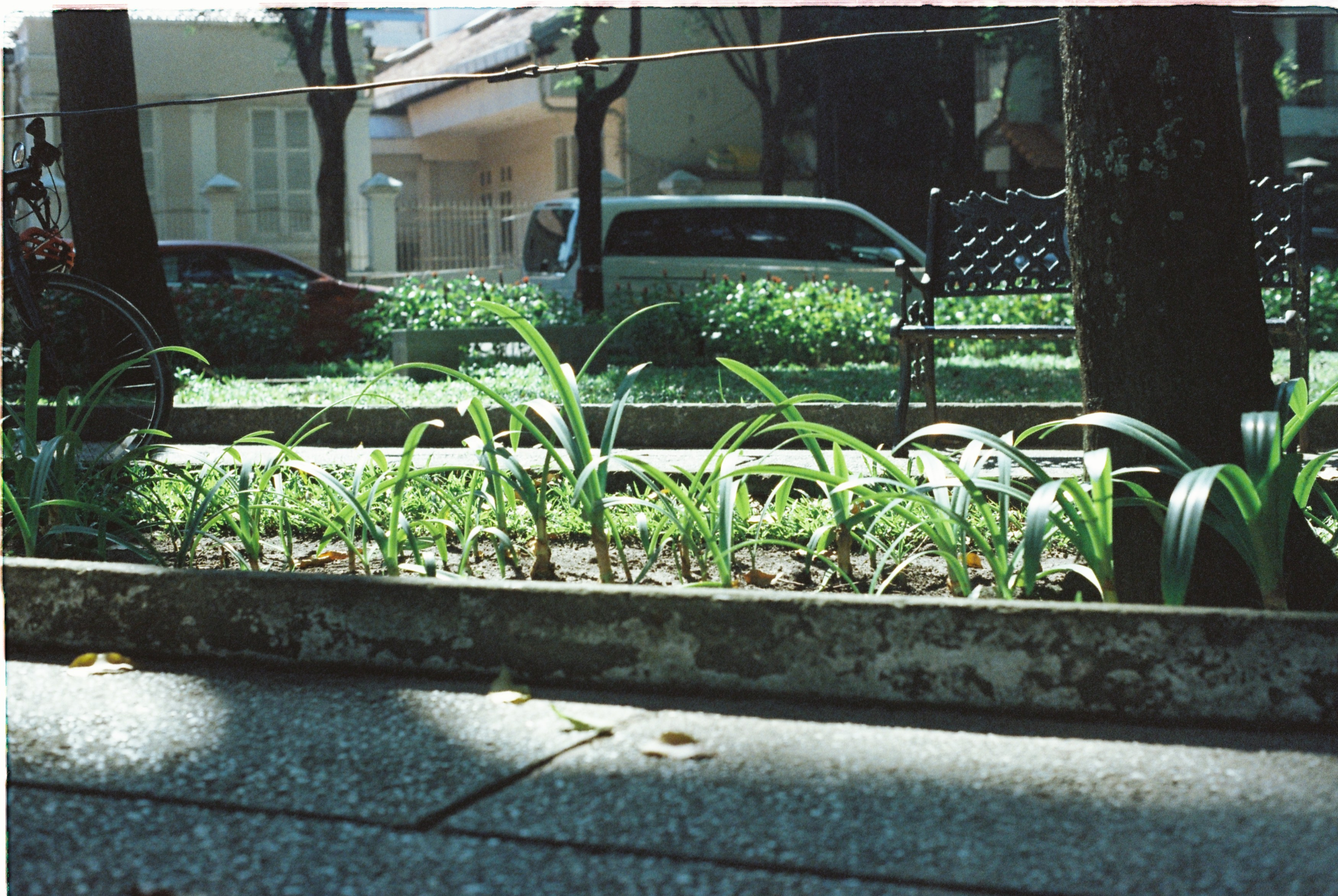
Improving Access to Safe, Reliable, Affordable Water Infrastructure
We are driven by a simple, but urgent truth: Reliable and high-performing water infrastructure is essential for human and environmental health and economic opportunity.
About The Water Team
We are a team whose expertise and experience include policy analysis and research, engineering, municipal and utility finance, utility operations, data science, capacity development, community engagement, utility regulation, and local government. We combine research, policy and data analysis, technical assistance, and collaboration to drive practical solutions that strengthen communities, unlock financing, and help government agencies work faster to protect public and environmental health and build a more sustainable water future.
We envision a future where every community benefits from investments in water infrastructure that provides safe, reliable, and affordable services and supports systems that are resilient to financial, workforce, and environmental challenges.
Our Goals
Our Initiatives
Too many communities—especially small and under-resourced ones—struggle with aging systems, funding gaps, and policy barriers that threaten access to safe drinking water, wastewater services, and flood protection. Through our initiatives, we work to accelerate solutions that remove these obstacles.
-

Helping Communities With the Funding Navigator
Unlocking Funds Faster Through Technical Assistance
-

Driving Investment in Green Infrastructure
Driving Faster Adoption of Green Infrastructure at Scale
-

Accelerating Lead Service Line Replacement
Removing Lead From Water Systems, Faster
-

Advancing Infrastructure Investment with State Revolving Funds
Delivering Broader Access to Capital, Faster
Our Principles
What’s New
Initiative Insights:
Support Our Work
Interested in speeding up environmental progress?
Or contact Elizabeth Vaccaro, Director of Development, at evaccaro@policyinnovation.org to learn about more ways to get involved today.


